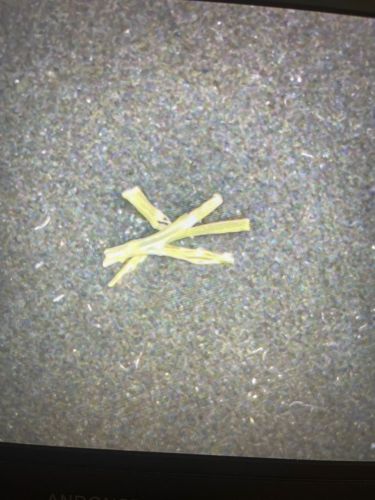Nematode (likely a free-living or plant-parasitic type)
Scientific Name: Nematoda (Phylum)
Order & Family: Phylum Nematoda (no specific order/family can be determined from the image as it's too general)
Size: Varies greatly; most are microscopic (0.3 mm to 1 mm), but some can reach several meters in length (e.g., whale parasites).

Natural Habitat
Extremely diverse; found in almost all environments, including soil, marine and freshwater sediments, hot springs, polar regions, and as parasites in plants and animals.
Diet & Feeding
Free-living nematodes feed on bacteria, fungi, algae, and other microscopic organisms. Plant-parasitic nematodes feed on plant roots and other plant tissues. Predatory nematodes may consume other nematodes or small invertebrates.
Behavior Patterns
Nematodes move using undulating motions. Many are free-living in soil or water, while others are parasitic. Their life cycle typically involves egg, four larval stages, and adult.
Risks & Benefits
Benefits: Many free-living nematodes are crucial decomposers and play vital roles in nutrient cycling in soil. Some are used as biological control agents against insect pests. Risks: Numerous species are significant agricultural pests, causing damage to crops. Others are animal and human parasites, causing diseases like elephantiasis, hookworm, and ascariasis.
Identified on: 9/4/2025